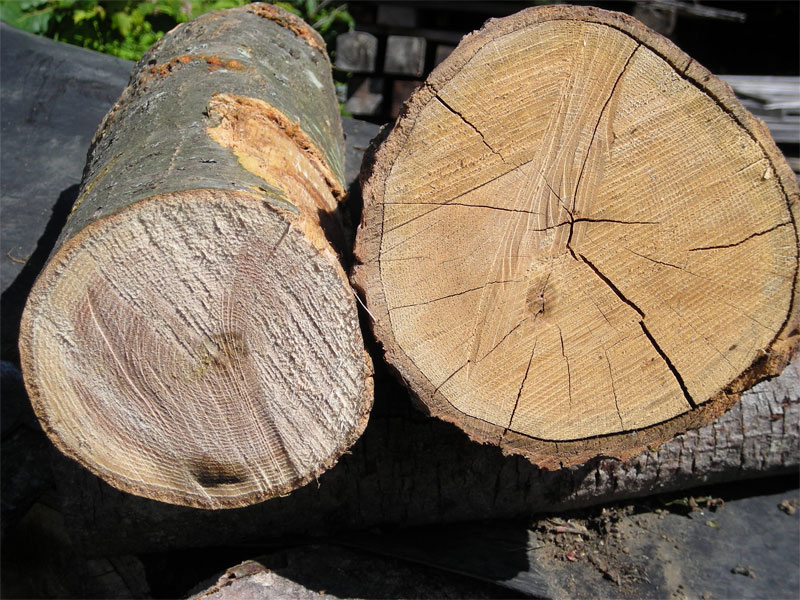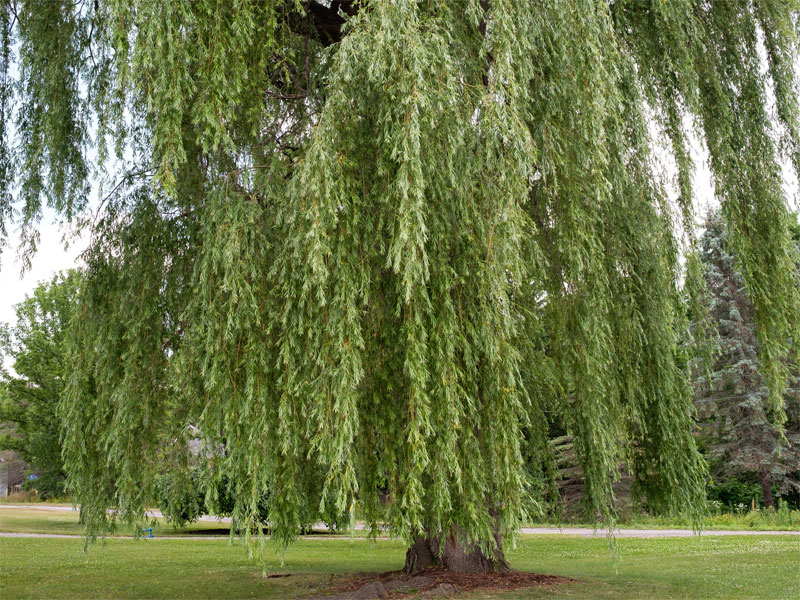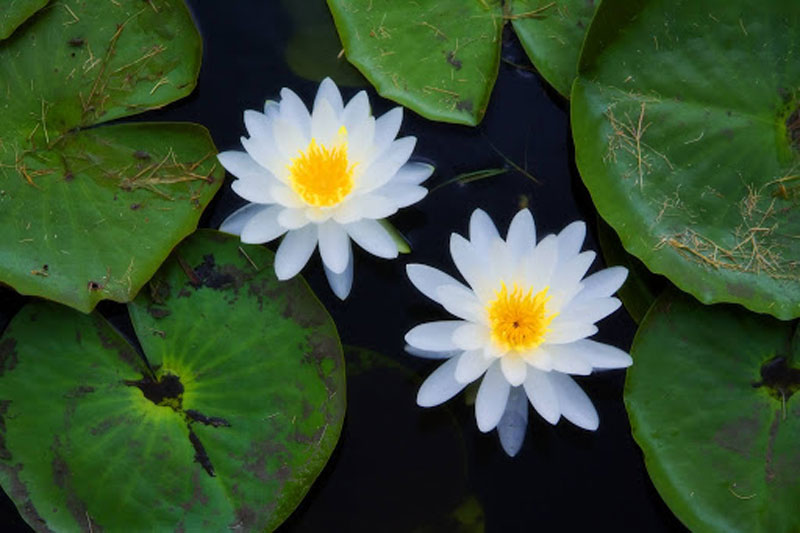Mindblown: a blog about philosophy.
-
Acidity of curds
The quantity of lactic acid developed during fermentation of curds.
-
Acid-Insoluble Ash
That portion of the ash component of foods which is insoluble in 10 percent hydrochloric acid; it consists mainly of silicon dioxide, and is an indication of sand content.
-
Woodland garden
A garden established beneath trees (usually deciduous) in partial shade or even quite deep shade. It suits plants that require shelter and humidity and whose roots need to remain undisturbed.
-

Wood
A feature of dicotyledonous trees and shrubs, being the tissue laid down inside the bark cylinder by the dividing cells of the cambium layer. It consists largely of a cellulose framework with the denser carbohydrate lignin deposited in the cell walls. The living outer part (sapwood) is the main tissue by which water and dissolved…
-
White fly
Very small, winged, sap-sucking insects of the family Aleyrodidae, which belongs to the same order of insects as the aphids. They settle on some cultivated plants, for example, cabbages, in large numbers and affect their health. White flies are a particularly bad pest of greenhouse and indoor plants, but are fairly easily controlled by spraying.…
-

Weeping
Used mostly for trees and shrubs with pendulous branches or branchlets, as in weeping willows.
-

Water plant
The same as aquatic.
-
Warm-temperate
Usually applied to the upper- middle parts of the temperate zones, between about 30 and 40 degrees of latitude, where at least in coastal areas frost is absent or very light.
-
Trellis
A structure or arrangement of wires or rods held up by posts or frames, specifically for the support of climbing plants. It may be freestanding in a garden, or attached to the wall of a house. The most highly developed forms of trellis are those on which grapes are grown commercially for wine or fruit;…
-
Tree fern
A fern with a straight, erect stem usually reaching a height of more than 6 ft (1.8 m) or sometimes as much as 50 ft (15 m) tall, bearing at its apex a crown of large fronds. Most of the world’s tree ferns belong to the genera Cyathea, Cibotium or Dicksonia and come from high-rainfall…
Got any book recommendations?